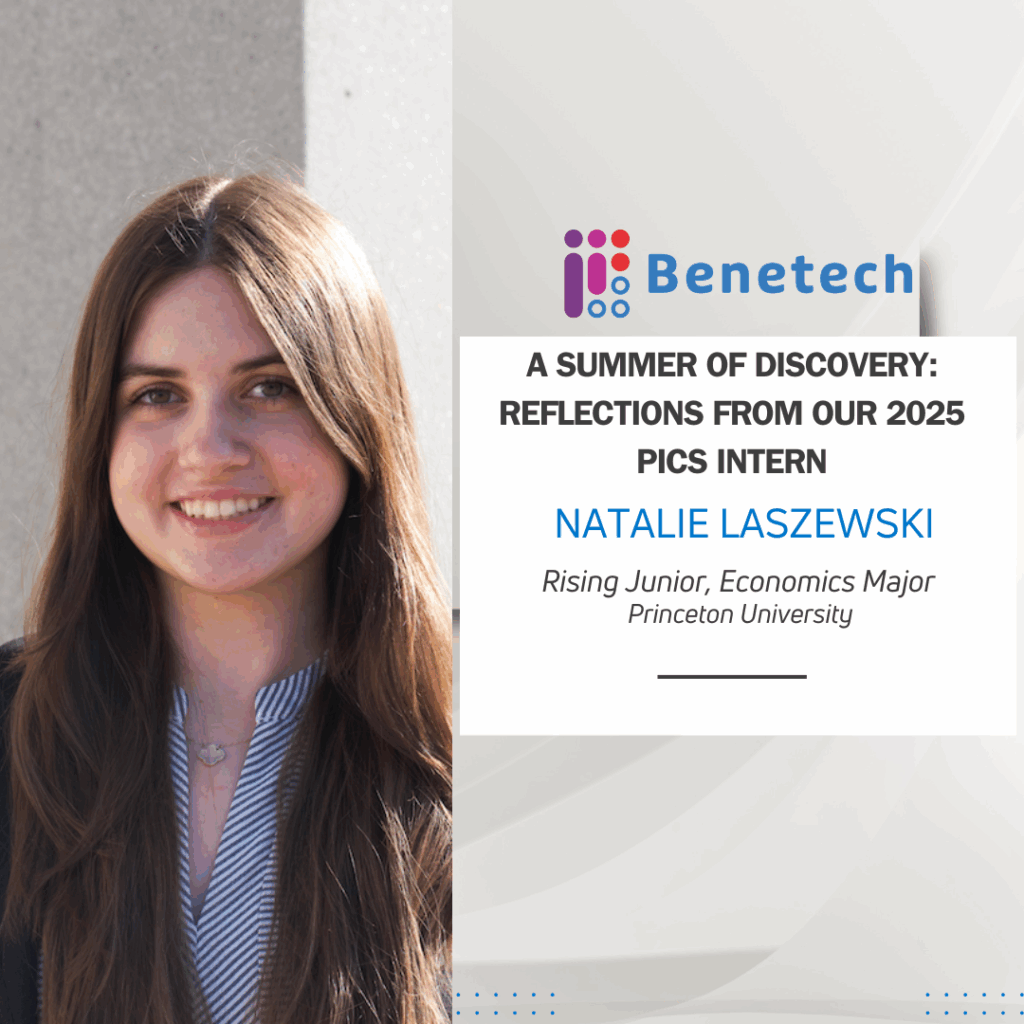Category: Benetech
A Summer of Discovery: Reflections from Our 2025 PICS Intern

From Fading Vision to Full Access: Reclaiming the Joy of Reading with Bookshare

How Bookshare Transformed a Family’s Learning Journey

Beyond Title II Compliance: Proactive Accessibility Strategies for Education

Blogs
-

Celebrating Global Accessibility Awareness Day
Blogs highlight impact of digital accessibility in education and employment across the globe [inline_module class_name='Benetech__Image' instance='0'] Today is Global Accessibility…
-

Three Students with Dyslexia Meet Distance Learning Challenges Head On
Students leverage a variety of instructional delivery platforms, assistive technology solutions, and personal coping strategies to make distance learning work…
-

COVID-19 Pushed The Social Safety Net Past Its Breaking Point
The Bay Area’s social safety net is in tatters; together we can repair it and bring a new level of…
News
Benetech is in the news! Check out our press coverage and recent Press Releases.
As seen in…








Recent highlights
2025
- Eyes on Success Podcast: 2512 Benetech Celebrates 25 Years of Making Books Accessible for Everyone (Mar. 19, 2025)
- Forbes: Accessibility 100
- GovTech: AI to Make STEM Content for Neurodivergent Learners
- K-12 Dive: Why Congress should protect smart federal supports for students with disabilities
- Publisher Perspectives: Accessibility: S&S Earns Benetech’s GCA Certification
- Publisher’s Weekly: Amazon Adds Benetech Accessible Metadata to E-books
2023
- Business Mirror: An ebook Library for Those with Reading Barriers
- School Library Journal: Serving Blind and Low-Vision Children Well Benefits All Students. Here Are Suggestions.
- Publisher’s Weekly: Lerner Publishing Group’s New Partnership Centers Accessibility
- Publishing Perspectives: Pearson Named A Benetech Global Certified Accessible Publisher
- National Federation of the Blind (NFB): Getting Books on Time with Bookshare
- BBC News: Visually-impaired Nottingham Law Student Praises Book Scheme
2022
- Government Technology: DoE Grant to Fund Digital Materials for Disabled Students
- Forbes: How AI Is Being Used To Help Blind Students ‘Visualize’ Graphs And Charts
- K-12 Dive: Nonprofit Uses AI to Make STEM Materials More Accessible
- Edutopia: Tools for Supporting Students With Reading Disabilities
- Eyes on Success Podcast: 2214 Bookshare Reader for Smart Speakers
- AppleVis Podcast: AppleVis Extra #85: Hema Natarajan Discusses the Upcoming Bookshare Reader Suite for Web, Mobile, and Smart Speaker
- Duke Fuqua Center for Advancement of Social Entrepreneurship: Why We’re Excited About Benetech’s Impact Potential
- K-12 Dive: 3 Inclusive Education Myths Busted
